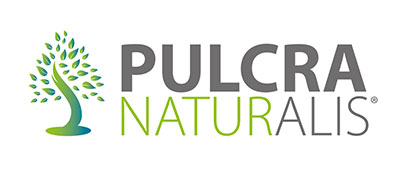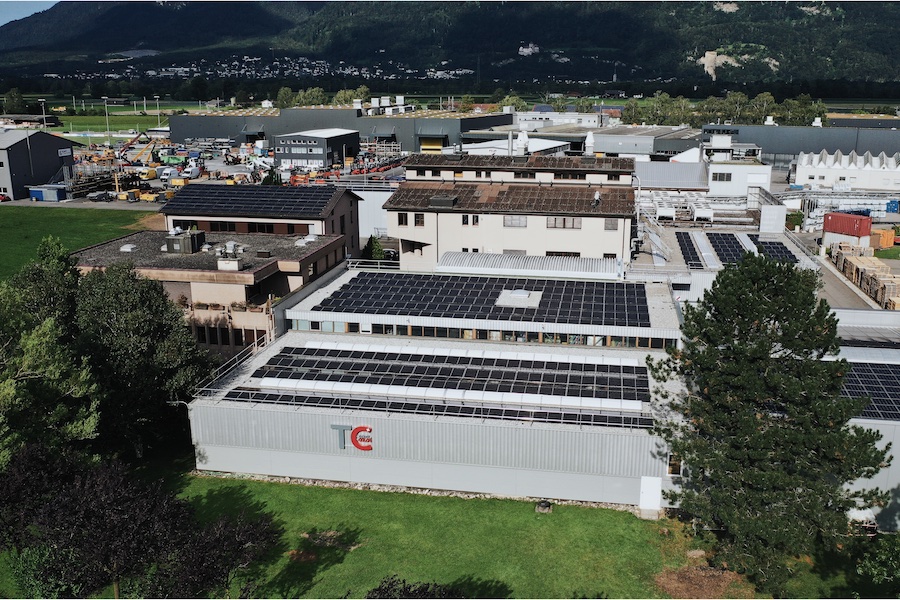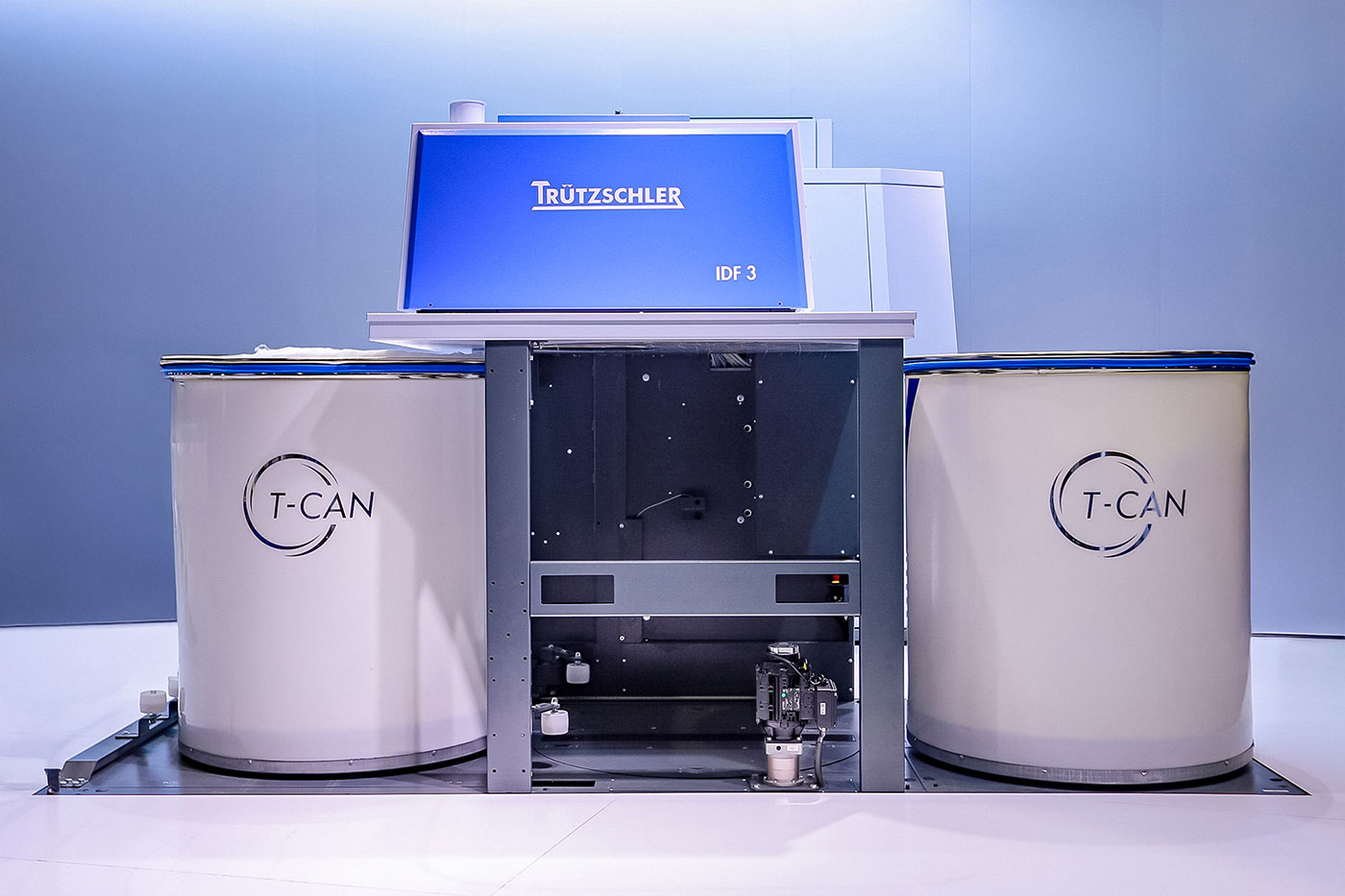#Textile chemistry
Pulcra Naturalis® – The bio-revolution for leather processing

Pulcra Naturalis® is focusing on the promotion of a product portfolio with a high content of bio-based carbon. All products grouped in this new portfolio contain at least 80% of renewable carbon1.

Why renewable carbon?
The use of renewable feedstock is an important means for reducing the greenhouse gas emissions associated with the production of chemicals, and an important step towards carbon neutrality. A major part of embedded carbon in industrial or consumer goods, including leather or leather chemicals, eventually finds its way to the atmosphere as CO2. When working with fossil feedstock, the carbon used was bound in the earth, its release thus implies a strongly negative carbon balance. Renewable raw materials based on vegetable or animal feedstock have a much better carbon footprint: plants are binding CO2 from the atmosphere, and livestock is fed on a natural diet. Thus, by changing to renewable raw materials, the inflow of CO2 is stopped.
1 The content of bio-based carbon is determined by DIN EN 17035.
What type of raw materials and products are involved in Pulcra Naturalis® products?
Natural oils are the bases for emulsifiers and fatliquors, which are used to clean, degrease or soften the leathers. The know-how of Pulcra Naturalis® is basically that the processing is done by conversion with carbon free or low-carbon components, so that the final product retains an unmatched biobased carbon content. Also, high-tech degreasing agents synthesized only with sugar and oil are a very good example that excellent performance and 100% renewable carbon can go hand in hand. Retanning agents containing amylose, cellulose or lignin components as well as products based on functionalized proteins are another example of how outstanding leather properties can be obtained with a purely natural products.
For what applications Pulcra Naturalis® products can be used?
The new portfolio is extense and can be used for almost all types of leathers and furs. This involves low-emission car upholstery products, shoe uppers, garment leathers as well as the treatment of fine furs. Special focus is also given to alternative tanning materials, with the natural zeolite tanning materials for bovine hides and sheep skins.
Pulcra Naturalis® is an important element in the Pulcra initiative to reduce the carbon footprint of the production of high-quality leather chemicals. Apart from the mere source of carbon also the energy for processing is reduced and optimized with regard to the output of CO2. The sourcing of raw materials is done in clusters of providers and partners in close vicinity to our local production plants over the globe. We are convinced that a contribution to prevent climate change and biodiversity loss needs to be done now, and this can only be achieved together with our suppliers and customers. Finally, the best promotion for the utterly sustainable material natural leather is to further reduce its environmental impact.













